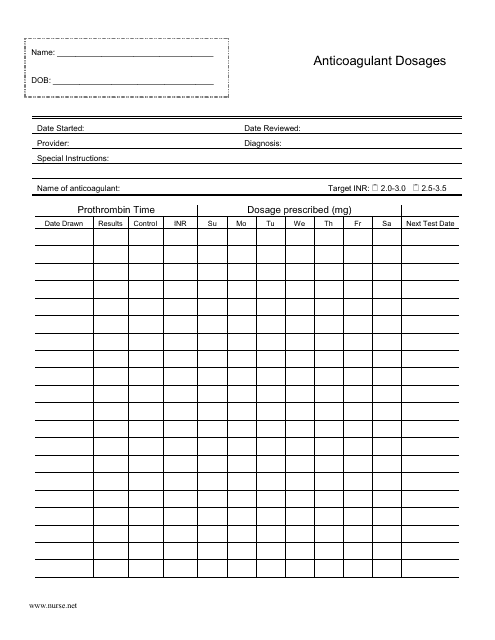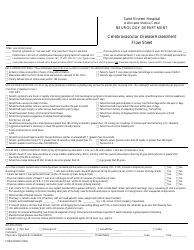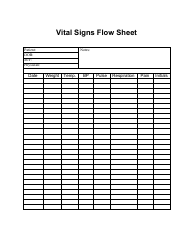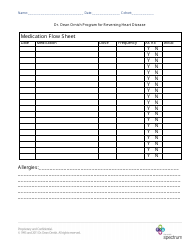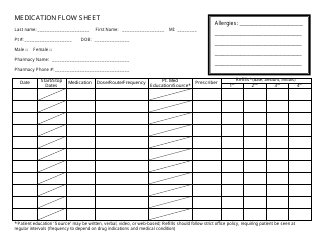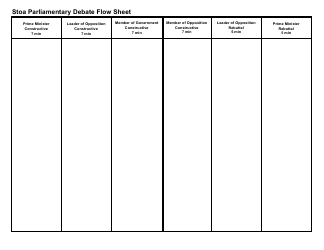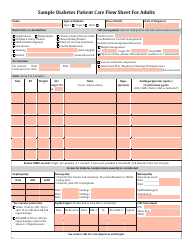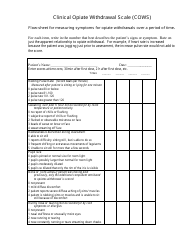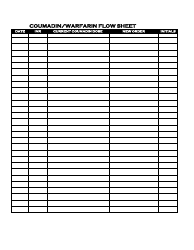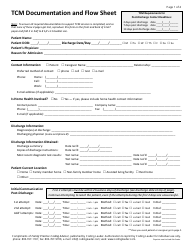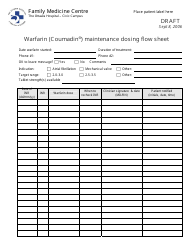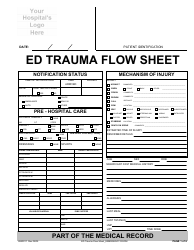Anticoagulant Dosage Flow Sheet
The Anticoagulant Dosage Flow Sheet is used to track and manage the dosage of anticoagulant medications, which are blood-thinning drugs used to prevent blood clots. It helps healthcare providers monitor and adjust the dosage based on the patient's response to treatment.
In the United States, the healthcare provider or a nurse typically files the Anticoagulant Dosage Flow Sheet. They are responsible for documenting and monitoring the dosage of anticoagulant medication administered to a patient.
FAQ
Q: What is an Anticoagulant Dosage Flow Sheet?
A: An Anticoagulant Dosage Flow Sheet is a document that helps healthcare professionals track and manage the dosage of blood-thinning medications for patients.
Q: Why is an Anticoagulant Dosage Flow Sheet important?
A: An Anticoagulant Dosage Flow Sheet is important because it helps ensure that patients receive the appropriate dosage of blood-thinning medications to prevent clotting or bleeding complications.
Q: Who uses an Anticoagulant Dosage Flow Sheet?
A: Healthcare professionals, such as doctors or nurses, use an Anticoagulant Dosage Flow Sheet to monitor and adjust the dosage of blood-thinning medications for patients.
Q: What information is typically included in an Anticoagulant Dosage Flow Sheet?
A: An Anticoagulant Dosage Flow Sheet may include patient information, medication dosages, monitoring parameters (such as blood test results), and any adjustments made to the dosage.
Q: How often should an Anticoagulant Dosage Flow Sheet be updated?
A: An Anticoagulant Dosage Flow Sheet should be regularly updated as the patient's condition or medication needs change. This can vary depending on the individual patient and healthcare provider's recommendations.
